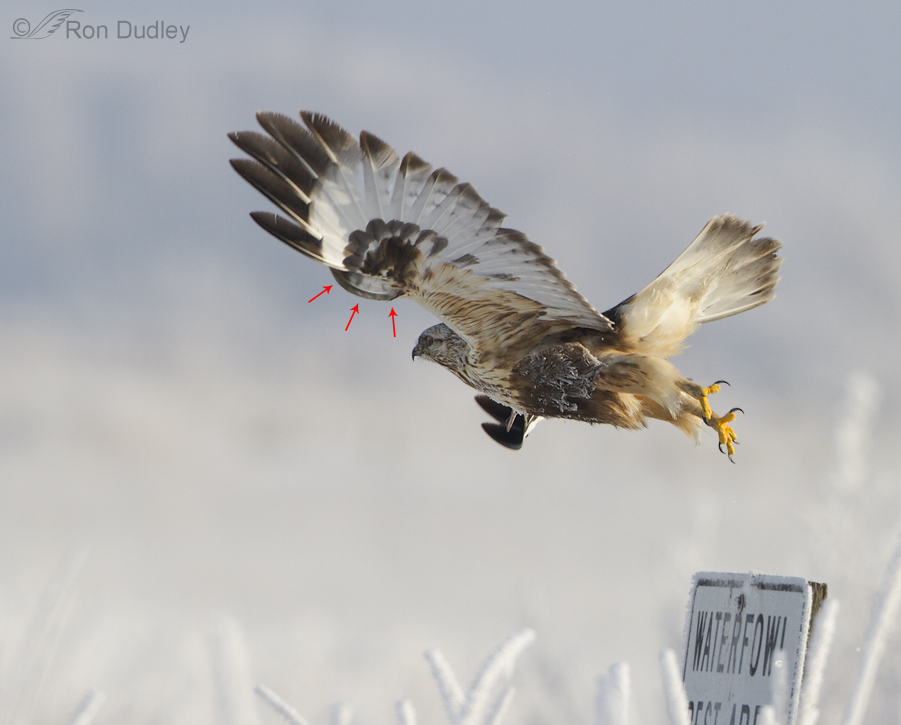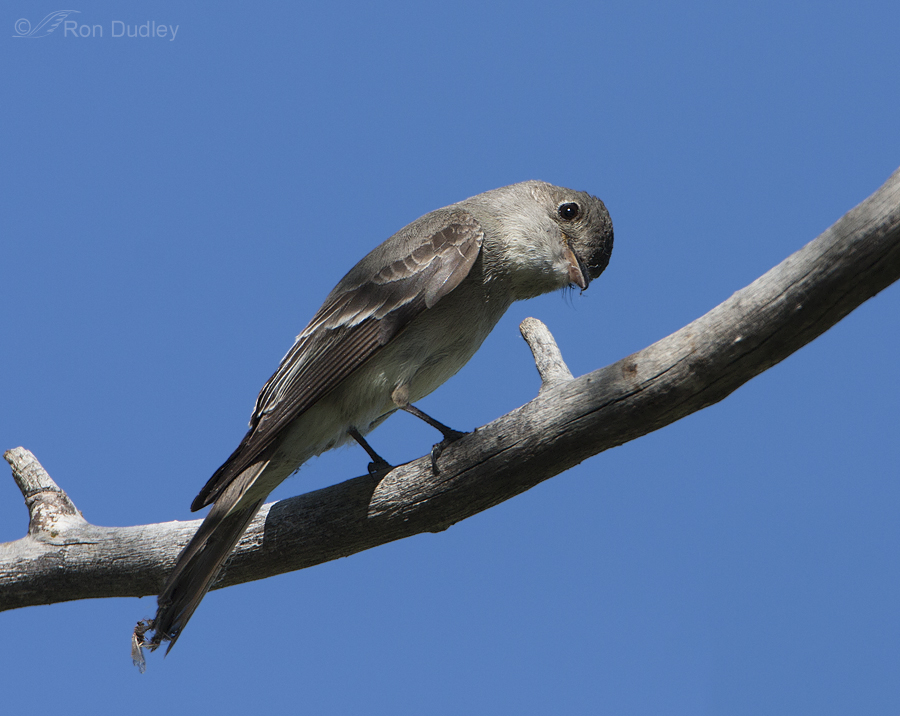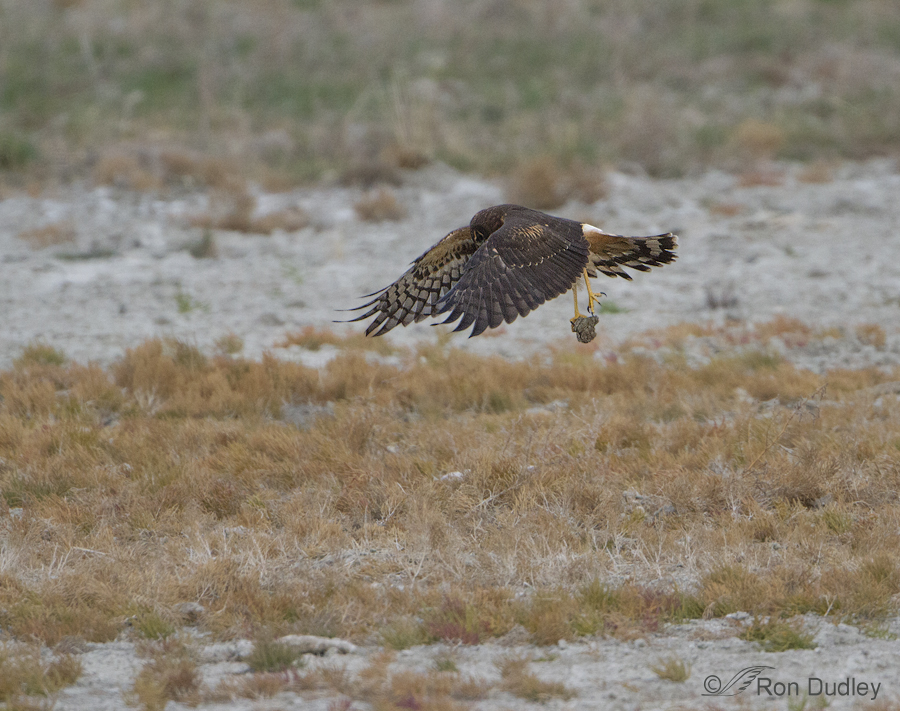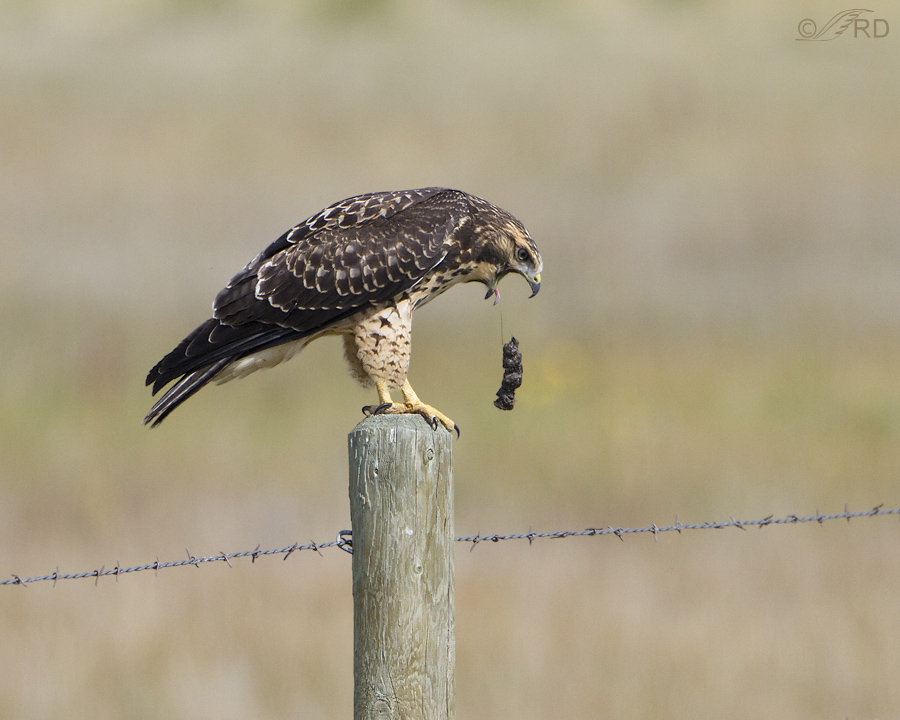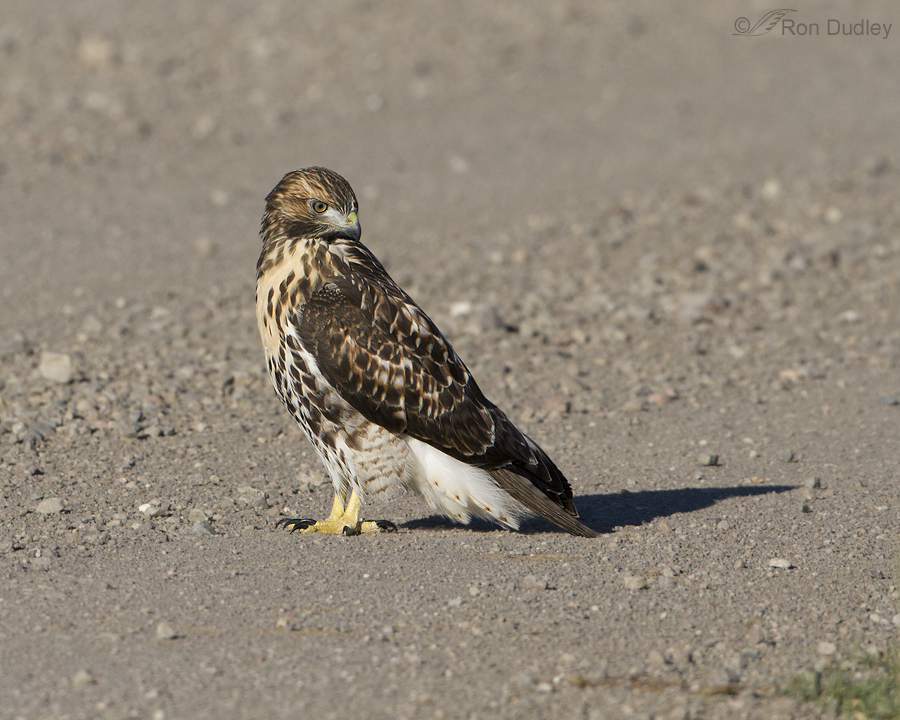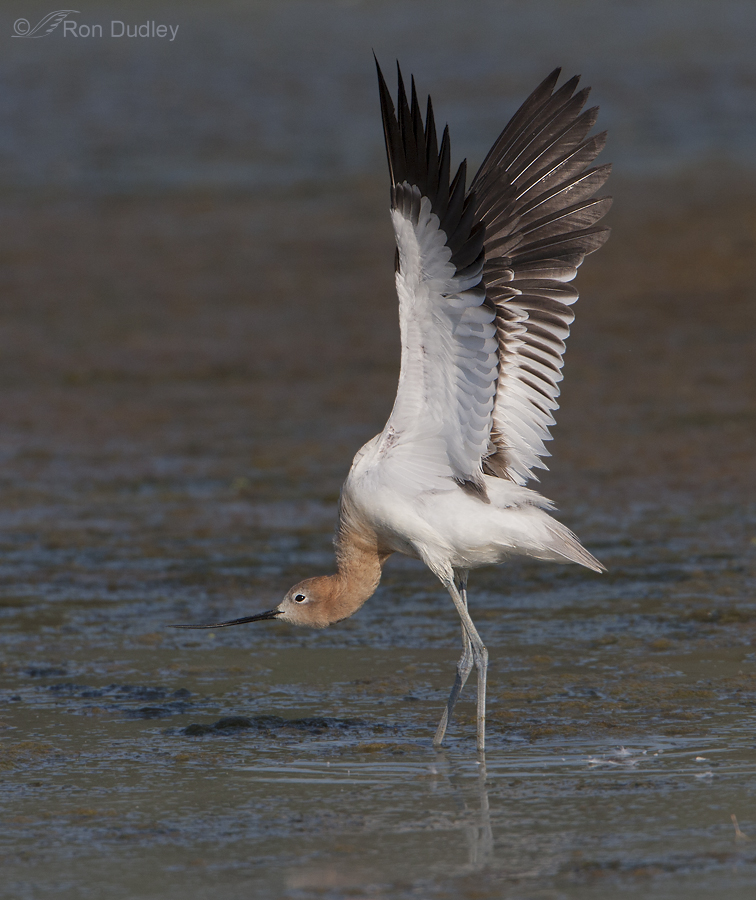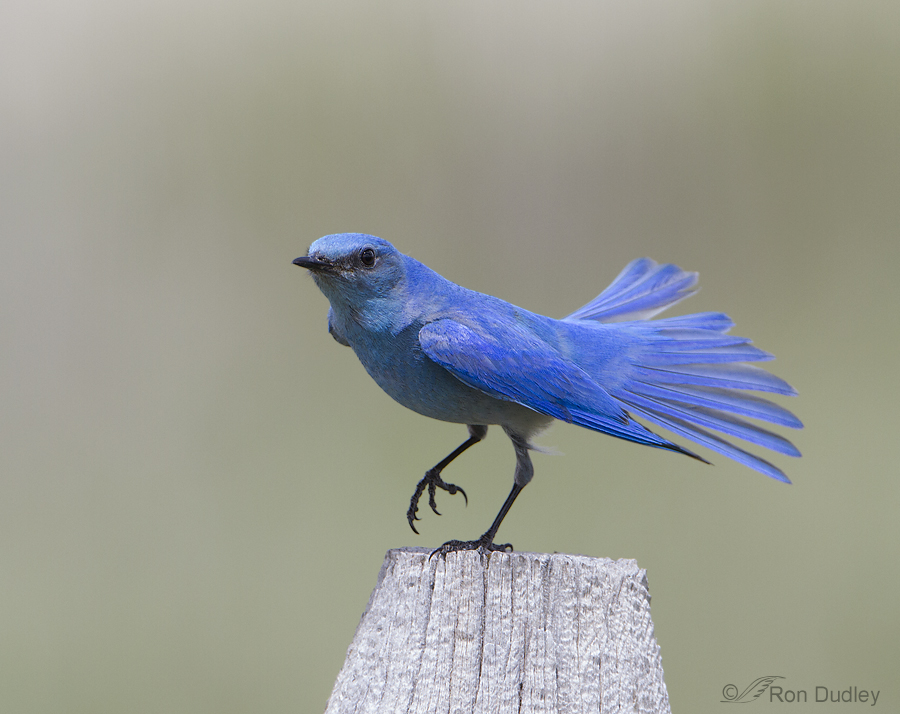Category: Miscellaneous
A Fly Turns The Tables On A Flycatcher
Northern Harrier “Playing”
Short-eared Owls And The “Handedness Phenomenon”
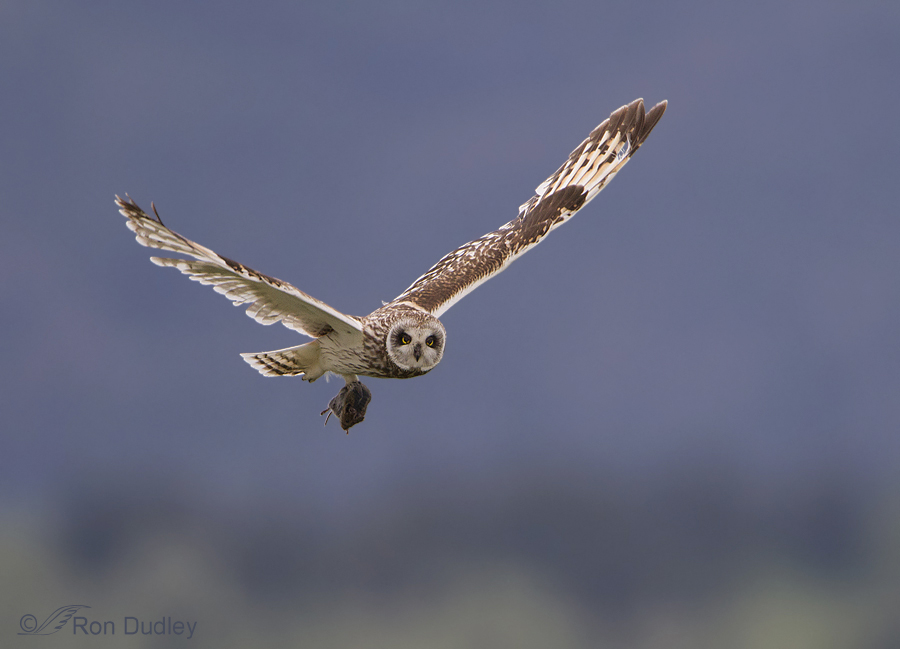
Handedness is a preference for using one hand (or limb) as opposed to the other. It’s a phenomenon many of us associate strictly with humans but other vertebrates can also show handedness, including birds. For example, many parrot species have a strong and consistent preference for using their left foot when bringing food to the beak.
Based on my own observations in the field I believe that Short-eared Owls may also display handedness.
Anticipating Raptor Take-off
Why Did The Red-tailed Hawk Stand On The Road?
Avocet Wing-stretch – A Predictor Of Behavior
Dancing Bluebird
Chukars Descending
I’ve mentioned before how very reluctant Chukars are to fly. They much prefer to scurry away through the grasses whenever they feel insecure or threatened.
And that reluctance also applies when they’re ready to leave an elevated perch. They’ll nearly always find a way to scramble down a big rock rather than fly from it like most other birds would. That tendency was demonstrated to me twice yesterday morning on Antelope Island.
Common Nighthawk Of (on) A Different Stripe
This was one of my stranger encounters with the bird world, though I’ll preface my narrative by admitting that I don’t have a lot of experience with nightjars of any species so perhaps what this bird was doing wasn’t really so unusual. I just don’t know.
Anticipating An American Avocet Behavior
Anticipating behaviors is often crucial for nature photographers and that’s particularly true when your subject is a lightning-fast bird. Most of us don’t need any more images where the wings have been cut off in the frame or the bird is soft due to lack of shutter speed or poor focus tracking of the bird at take-off. The American Avocet in breeding plumage is an especially lovely subject with its long recurved bill, bluish legs, cinnamon head and neck and the black and white chevron pattern on its back. But you don’t see many quality flight or take-off images of the species, partially because their flight tendencies are fast and erratic. Like many birds, avocets routinely perform single wing and leg stretches. These stretches occur when the bird is at rest and at ease. They stretch like this in the water… and on land. But this single-wing/leg stretch is not an indicator of nervousness or a precursor of take-off. Neither of the birds in these two images did so immediately after the stretch. 1/1000, f/8, ISO 500, 500 f/4, 1.4 tc, natural light, a sliver of canvas added for composition But when you see this two-winged wing stretch, expect imminent take-off. A few seconds later this bird did just that but it took off away from me and I deleted the images. Another two-wing stretch. And almost immediately after the wings came down… the bird took off. It’s not a good shot because of the angle of take-off but it illustrates my point. Here’s what Birds…
Displaying Yellow-headed Blackbird
Welcome to the month of March everyone – for me a psychological barrier between the depths of winter and the promise of spring. It’s supposed to be almost 50 degrees today and that has me thinking of spring birds, warmer temperatures, liquid water and some actual greens in the landscape. By the Ides of March (only two weeks from now) male Yellow-headed Blackbirds will begin arriving in Utah and the females a week or two later. Almost immediately the males will begin their raucous calling as they compete for territories and later for females. This male was defending breeding territory in May. Males display two primary types of song spreads – the Symmetrical Song Spread and the Asymmetrical Song Spread. Each song spread is accompanied by a distinct song type. Here’s a link to one of them. In this sequence of images the male is displaying the Symmetrical Sound Spread where the bird spreads its wings to expose the white patches and the tail is lowered and spread. During this display he localizes with the song called the Accenting Song. Once a display begins it almost seems like the bird loses voluntary control of its actions and the display must be completed before it regains control (my unscientific observation). During part of this display the head is directed upward at 30-45 degrees. This behavior is often difficult for the bird to complete without losing its balance on the typically spindly perches they prefer. The whole thing is quite entertaining to watch. …
Juvenile Burrowing Owl Parallaxing
Parallax is the effect where the position or direction of an object appears to differ when viewed from different positions. When an observer moves, the apparent relative motion of several stationary objects against a background gives hints about their relative distance which the brain can interpret to provide absolute depth information. As you can imagine this can be very helpful to birds for flight and for judging prey position. The movement required comes automatically during flight but it can also be provided while perched by exaggerated movements of the head in all three dimensions. Tipping the head also provides cues by changing the relative position of the eyes to the object being viewed. Learning to interpret this information takes practice so many juvenile birds do just that, owls in particular. Techs for the following images – most were taken at 1/640 or 1/800, f/9, ISO 400, 500 f/4, 1.4 tc, natural light, not baited, set up or called in. All images presented in the order they were taken. Several years ago I spent a lot of time over several weeks photographing a family of Burrowing Owls along the causeway to Antelope Island. Their burrow was very close to the road and they became almost completely acclimated to traffic so I was able to observe and photograph many interesting behaviors of both juveniles and adults from my pickup. Here, this juvenile is simply ignoring me (for the sake of convenience I’ll refer to this bird as a male though I have no idea what sex it…
Lark Sparrows – A Unique Mating Behavior
Back on May 25 of this year, on this post about Lark Sparrows, I made the following statement at the end of the post: “Now that I have some decent images of this species my next goal with them is to capture some of their unique behaviors. These birds often pass a twig from the male to the female during copulation (an impressive display of multitasking and concentration). And they do a turkey-like strut during courtship. I would love to capture either behavior.” In your comments, several of you gave me encouragement in meeting that goal and 11 days later I was at least partly able to do so. These are those images. A couple of these photos may be a little “clinical” for some, but to me it’s all behavior and it’s all interesting. Techs for all images were: 1/4000 or 1/3200, f/6.3, ISO 640, 500 f/4, 1.4 tc The courtship of Lark Sparrows includes behaviors found in no other songbirds. Prior to actual mating, the male struts like a turkey, with its tail sticking up to show off its white tail spots and its wings drooping to the ground. Then, before the male mounts her, he picks up a twig (or twigs) which he passes to the female just before copulation. When mating is complete (they may mate or attempt to mate up to 20 times in 3.5 minutes) the female often flies off with the twig. The courtship had already begun when I approached this mated pair. Normally, this species doesn’t allow me to get this close…
Rough-legged Hawk “Playing”
This post is about behavior. Please don’t expect high quality images… Last March I found this juvenile (I believe) Rough-legged Hawk along the Antelope Island causeway on a cold morning after a light snowfall. It was perched on a windrow of debris consisting mostly of piles of old brine fly pupae casings. For a while the bird seemed content to simply rest and watch me. But soon it apparently got bored… and walked about two feet to my right to investigate a clump of fly casings (red arrow) that had been cemented together by melting snow that had re-frozen during the night. The hawk reached over to grasp the clump with its talons… retrieved the clump,… transferred it to its beak and then instantly tossed it to the ground. I assumed that was that, figuring the bird had thought it might be something edible, then discarded it for good when it wasn’t. But that wasn’t what happened. The hawk grabbed the clump with its talons once again… and then seemed to contemplate for a few seconds about just what to do next. Which turned out to be something like “give the clump a toss and see where it lands”. The hawk immediately started walking over to where the clump had landed behind the mound of fly casings, where it can’t be seen in this image. It used its wings for a little more stability as it negotiated the hill of debris. …
A Fly Turns The Tables On A Flycatcher
Northern Harrier “Playing”
Short-eared Owls And The “Handedness Phenomenon”

Handedness is a preference for using one hand (or limb) as opposed to the other. It’s a phenomenon many of us associate strictly with humans but other vertebrates can also show handedness, including birds. For example, many parrot species have a strong and consistent preference for using their left foot when bringing food to the beak.
Based on my own observations in the field I believe that Short-eared Owls may also display handedness.
Anticipating Raptor Take-off
Why Did The Red-tailed Hawk Stand On The Road?
Avocet Wing-stretch – A Predictor Of Behavior
Dancing Bluebird
Chukars Descending
I’ve mentioned before how very reluctant Chukars are to fly. They much prefer to scurry away through the grasses whenever they feel insecure or threatened.
And that reluctance also applies when they’re ready to leave an elevated perch. They’ll nearly always find a way to scramble down a big rock rather than fly from it like most other birds would. That tendency was demonstrated to me twice yesterday morning on Antelope Island.
Common Nighthawk Of (on) A Different Stripe
This was one of my stranger encounters with the bird world, though I’ll preface my narrative by admitting that I don’t have a lot of experience with nightjars of any species so perhaps what this bird was doing wasn’t really so unusual. I just don’t know.
Anticipating An American Avocet Behavior
Anticipating behaviors is often crucial for nature photographers and that’s particularly true when your subject is a lightning-fast bird. Most of us don’t need any more images where the wings have been cut off in the frame or the bird is soft due to lack of shutter speed or poor focus tracking of the bird at take-off. The American Avocet in breeding plumage is an especially lovely subject with its long recurved bill, bluish legs, cinnamon head and neck and the black and white chevron pattern on its back. But you don’t see many quality flight or take-off images of the species, partially because their flight tendencies are fast and erratic. Like many birds, avocets routinely perform single wing and leg stretches. These stretches occur when the bird is at rest and at ease. They stretch like this in the water… and on land. But this single-wing/leg stretch is not an indicator of nervousness or a precursor of take-off. Neither of the birds in these two images did so immediately after the stretch. 1/1000, f/8, ISO 500, 500 f/4, 1.4 tc, natural light, a sliver of canvas added for composition But when you see this two-winged wing stretch, expect imminent take-off. A few seconds later this bird did just that but it took off away from me and I deleted the images. Another two-wing stretch. And almost immediately after the wings came down… the bird took off. It’s not a good shot because of the angle of take-off but it illustrates my point. Here’s what Birds…
Displaying Yellow-headed Blackbird
Welcome to the month of March everyone – for me a psychological barrier between the depths of winter and the promise of spring. It’s supposed to be almost 50 degrees today and that has me thinking of spring birds, warmer temperatures, liquid water and some actual greens in the landscape. By the Ides of March (only two weeks from now) male Yellow-headed Blackbirds will begin arriving in Utah and the females a week or two later. Almost immediately the males will begin their raucous calling as they compete for territories and later for females. This male was defending breeding territory in May. Males display two primary types of song spreads – the Symmetrical Song Spread and the Asymmetrical Song Spread. Each song spread is accompanied by a distinct song type. Here’s a link to one of them. In this sequence of images the male is displaying the Symmetrical Sound Spread where the bird spreads its wings to expose the white patches and the tail is lowered and spread. During this display he localizes with the song called the Accenting Song. Once a display begins it almost seems like the bird loses voluntary control of its actions and the display must be completed before it regains control (my unscientific observation). During part of this display the head is directed upward at 30-45 degrees. This behavior is often difficult for the bird to complete without losing its balance on the typically spindly perches they prefer. The whole thing is quite entertaining to watch. …
Juvenile Burrowing Owl Parallaxing
Parallax is the effect where the position or direction of an object appears to differ when viewed from different positions. When an observer moves, the apparent relative motion of several stationary objects against a background gives hints about their relative distance which the brain can interpret to provide absolute depth information. As you can imagine this can be very helpful to birds for flight and for judging prey position. The movement required comes automatically during flight but it can also be provided while perched by exaggerated movements of the head in all three dimensions. Tipping the head also provides cues by changing the relative position of the eyes to the object being viewed. Learning to interpret this information takes practice so many juvenile birds do just that, owls in particular. Techs for the following images – most were taken at 1/640 or 1/800, f/9, ISO 400, 500 f/4, 1.4 tc, natural light, not baited, set up or called in. All images presented in the order they were taken. Several years ago I spent a lot of time over several weeks photographing a family of Burrowing Owls along the causeway to Antelope Island. Their burrow was very close to the road and they became almost completely acclimated to traffic so I was able to observe and photograph many interesting behaviors of both juveniles and adults from my pickup. Here, this juvenile is simply ignoring me (for the sake of convenience I’ll refer to this bird as a male though I have no idea what sex it…
Lark Sparrows – A Unique Mating Behavior
Back on May 25 of this year, on this post about Lark Sparrows, I made the following statement at the end of the post: “Now that I have some decent images of this species my next goal with them is to capture some of their unique behaviors. These birds often pass a twig from the male to the female during copulation (an impressive display of multitasking and concentration). And they do a turkey-like strut during courtship. I would love to capture either behavior.” In your comments, several of you gave me encouragement in meeting that goal and 11 days later I was at least partly able to do so. These are those images. A couple of these photos may be a little “clinical” for some, but to me it’s all behavior and it’s all interesting. Techs for all images were: 1/4000 or 1/3200, f/6.3, ISO 640, 500 f/4, 1.4 tc The courtship of Lark Sparrows includes behaviors found in no other songbirds. Prior to actual mating, the male struts like a turkey, with its tail sticking up to show off its white tail spots and its wings drooping to the ground. Then, before the male mounts her, he picks up a twig (or twigs) which he passes to the female just before copulation. When mating is complete (they may mate or attempt to mate up to 20 times in 3.5 minutes) the female often flies off with the twig. The courtship had already begun when I approached this mated pair. Normally, this species doesn’t allow me to get this close…
Rough-legged Hawk “Playing”
This post is about behavior. Please don’t expect high quality images… Last March I found this juvenile (I believe) Rough-legged Hawk along the Antelope Island causeway on a cold morning after a light snowfall. It was perched on a windrow of debris consisting mostly of piles of old brine fly pupae casings. For a while the bird seemed content to simply rest and watch me. But soon it apparently got bored… and walked about two feet to my right to investigate a clump of fly casings (red arrow) that had been cemented together by melting snow that had re-frozen during the night. The hawk reached over to grasp the clump with its talons… retrieved the clump,… transferred it to its beak and then instantly tossed it to the ground. I assumed that was that, figuring the bird had thought it might be something edible, then discarded it for good when it wasn’t. But that wasn’t what happened. The hawk grabbed the clump with its talons once again… and then seemed to contemplate for a few seconds about just what to do next. Which turned out to be something like “give the clump a toss and see where it lands”. The hawk immediately started walking over to where the clump had landed behind the mound of fly casings, where it can’t be seen in this image. It used its wings for a little more stability as it negotiated the hill of debris. …


